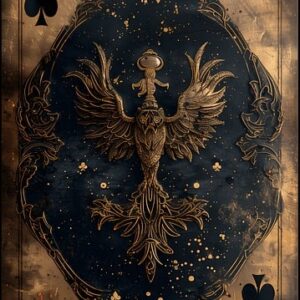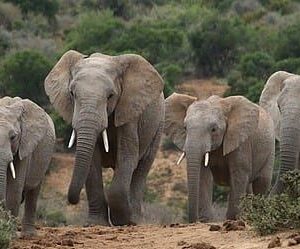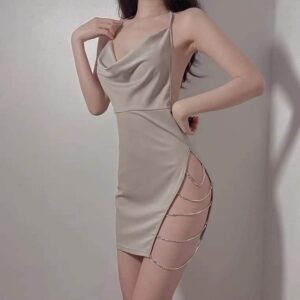피망머니상 온라인 게임으로 수익을 창출하는 노하우
피망머니상이란 온라인 게임을 플레이하거나 게임 내에서 아이템을 거래함으로써 수익을 창출하는 방법을 의미합니다. 이는 다양한 온라인 게임에서 가능한데, 대표적으로 MMORPG(대규모 다중 사용자 온라인 역할수행 게임), 모바일 게임, 온라인 카지노 등이 있습니다.

Located on Kashi Ashram in Florida, Ma's India is an interfaith spiritual shopping experience featuring products that enlighten and inspire: new age jewelry, music, books, spiritual statues, incense, yoga, meditation tools and much more. We are always searching for exciting and unique products that you won't find anywhere else.

피망머니상이란 온라인 게임을 플레이하거나 게임 내에서 아이템을 거래함으로써 수익을 창출하는 방법을 의미합니다. 이는 다양한 온라인 게임에서 가능한데, 대표적으로 MMORPG(대규모 다중 사용자 온라인 역할수행 게임), 모바일 게임, 온라인 카지노 등이 있습니다.

마사지 정보 플랫폼을 통해 사용자들은 전문적인 마사지 경험과 안전한 예약 시스템을 통해 편리하게 마사지를 즐길 수 있습니다. 마사지왕국(https://royalhookahforum.com)은 최고의 서비스를 제공하기 위해 항상 노력하고 있습니다.

해운대 고구려는 그 깊은 역사와 다채로운 문화로 유명합니다. 이 중 해운대고구려는 특히 놀라운 유물과 역사적으로 중요한 유적지로 유명합니다. 이 기사에서는 해운대고구려의 역사와 문화적 중요성을 탐구하고, 관광객들에게 이 곳을 방문하는 것의 가치를 알려드릴 것입니다.

해운대호빠는 해운대 해변가에서도 더욱 생동감이 넘치는 곳 중 하나입니다. 밤이면 해운대 해변가는 불빛으로 가득 차며, 그 중심에는 해운대호빠가 위치하고 있습니다. 이곳은 술과 음악이 넘치는 곳으로, 사람들이 모여 즐거운 시간을 보내는 곳입니다. 밤의 분위기를 만끽하고자 하는 이들에게 해운대호빠는 빠질 수 없는 곳입니다.

온라인으로 마사지를 검색하고 예약하는 과정은 생각보다 단순하고 편리합니다. 중요한 것은 자신의 목적에 맞는 스타일과 서비스를 제공하는 신뢰할 수 있는 마사지 업체를 선택하는 것입니다. 이 글에서 소개한 팁들을 활용하면서 마사지왕국에서 쉽고 빠르게 최적의 마사지 서비스를 찾을 수 있을 것입니다.
지금까지 온라인 마사지 검색 방법에 대해 알아보았습니다. 건강과 웰빙을 위한 마사지, 이제 온라인으로 쉽게 찾아보고 이용해보세요.

지역별 오피 순위 비교 분석은 각 지역의 특성과 고객 요구에 맞춰 오피 업체들을 비교하고 분석하는 과정입니다. 서울, 부산, 대구 등 주요 도시의 오피 업체들은 지역별로 경쟁이 치열하며, 이에 따라 업소 순위 또한 다양한 양상을 보입니다. 각 지역의 순위는 주로 고객들의 선호도, 서비스 품질, 가격 대비 만족도 등을 고려하여 결정됩니다.

하수구막힘은 주로 기름과 지방의 쌓임, 화장지 및 쓰레기의 폐기, 그리고 나무와 식물 부품 등의 다양한 요인에 의해 발생합니다. 이는 가정 생활에서 불편함을 초래할 뿐만 아니라 환경에도 악영향을 미칠 수 있습니다. 하수구막힘을 예방하기 위해서는 기름과 지방을 올바르게 처리하고, 화장실에는 화장지 외의 물건을 버리지 않으며, 정기적인 청소를 실시해야 합니다. 만일 하수구가 심각하게 막혔다면 전문가의 도움을 받아야 합니다.

나무위키는 사용자들이 직접 정보를 기여하고 편집할 수 있는 플랫폼입니다. 에볼루션 카지노에 대한 사용자들의 경험과 지식을 공유함으로써 다양한 정보를 얻을 수 있습니다.
에볼루션 카지노 나무위키는 온라인 카지노 산업에 대한 다양한 정보를 제공하는 중요한 플랫폼입니다. 사용자들은 최신 소식과 정보를 확인하고 공유함으로써 더욱 풍부한 지식을 얻을 수 있습니다.

변기막힘은 화장실에서 발생하는 불편한 상황으로, 종이나 이물질을 넣지 않고 정기적인 청소와 유지보수를 통해 예방할 수 있습니다. 변기막힘이 발생했을 때에는 간단한 방법을 시도한 뒤, 필요하다면 전문가의 도움을 받아 문제를 해결할 수 있습니다. 변기막힘은 예방 가능하며 적절한 대처를 통해 해결할 수 있는 문제입니다.

바디 스컬핑 마사지가 건강과 미용의 융합을 통해 지속 가능한 삶을 지원하는 방법에 대해 알아봅시다.
바디 스컬핑 마사지는 최신 트렌드로서, 몸매 재구성과 건강한 라이프스타일을 동시에 추구하는 이들에게 매력적인 선택지입니다. 그 효과와 편리성을 통해 더 많은 사람들이 이를 채택할 것으로 기대됩니다.